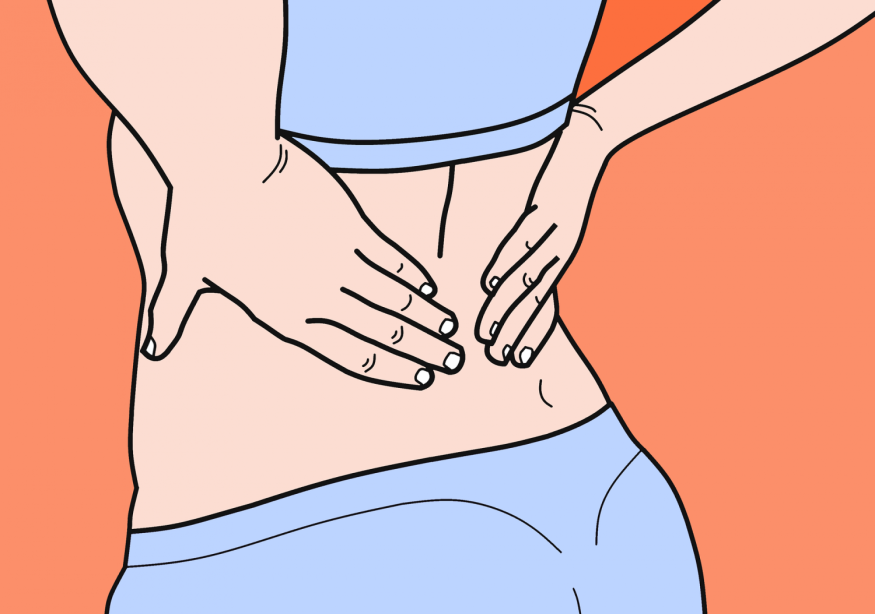Before the COVID-19 pandemic outbreak, roughly 1 out of 6 American workers or about 26 million worked either partially or full-time from home. Now, that number has significantly increased as states required all non-essential workers to stay home.
However, most residential settings do not have the space to accommodate ergonomic office furniture, nor most people invest in it. Those who work from home are likely using their computer or regular table or the kitchen countertop or on the bed or a chair.

Chances are, these people would eventually have an unhealthy posture at the end of the day. Even after the pandemic, remote working is likely to remain the norm for many workers as companies learn that certain jobs do not require employees' physical appearance as once they did.
Anyone working from home can do to prevent muscular pain is to spend as much time working in a neutral posture, where no body part is awkwardly bent or twisted, and to move periodically to promote circulation.
For computer work, Time Magazine has interviewed ergonomic experts for some tips for preventing back pain.
Read Also : 3 Tips in Coping with Coronavirus Anxiety
1. Put computer screen at a comfortable viewing height
Put the computer screen at a comfortable viewing height to not look down at the screen of a laptop or computer. Additionally, avoid putting the screen in an angle where you will be required to twist your neck.
Some people like to put their keyboard in front of them and their scree on the side, but they end up having neck pain because of swiveling. You might have to put your computer on a pile of books to raise it to a comfortable viewing height.
2. Place computer screen sideways to a bright window
To minimize eye strain from too much screen time, do not work with your back at the window because the light coming in will cause a glare on the screen. Moreover, avoid working facing a window as you will be staring into the light.
The computer screen must be perpendicular to the window, and if you are working on a glass table, cover it to avoid reflected glare.
3. Read papers or documents with a straight back
Avoid reading from your iPad or documents on a flat surface, or your head will have to move up and down. Use a vertical document holder or put your iPad on a stand if you need to read back and forth between a laptop or computer screen.
4. Sit back in your chair
Try not to sit upright and not hunch forward in your chair. The lower back curves into the body when you do that. Make sure to sit back in your chair, so some of your body weight is supported by the chair back, and sit close enough to reach your keyboard and mouse.
But if the chair does not have good lower-back support, you may use a cushion or rolled-up towel as a substitute for an ergonomic chair.
5. Limit working on your bed
A bed is not a working space because your legs will be crossed horizontally to support the laptop. That is too low for optimal screen viewing, so you will have to hunch over to see properly. But if the bed is your only option to work, put a cushion under your laptop or use a low table to go over your legs so you can work at a comfortable height without having neck pain.
Read More : 5 Tips in Caring for Your Pets During Lockdown









